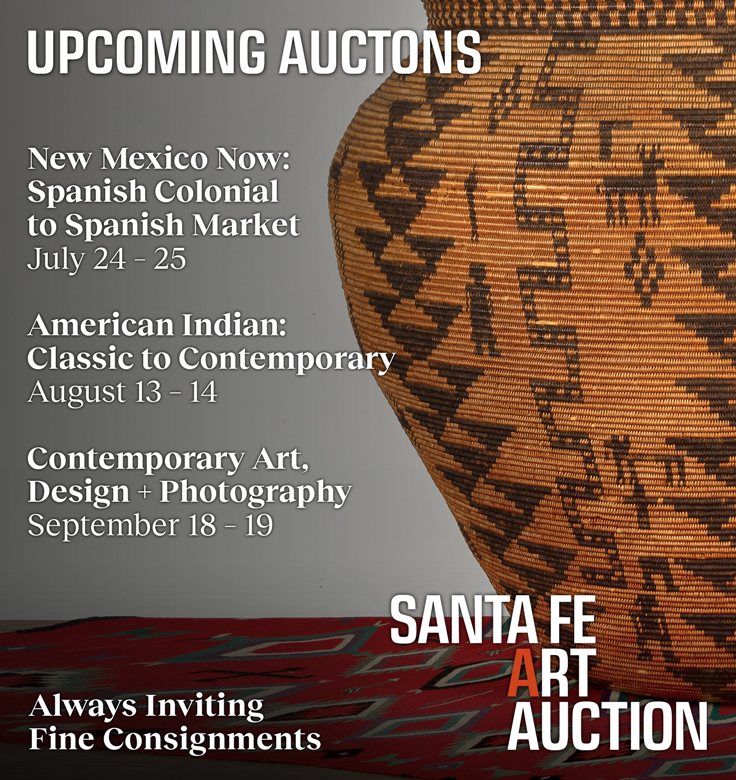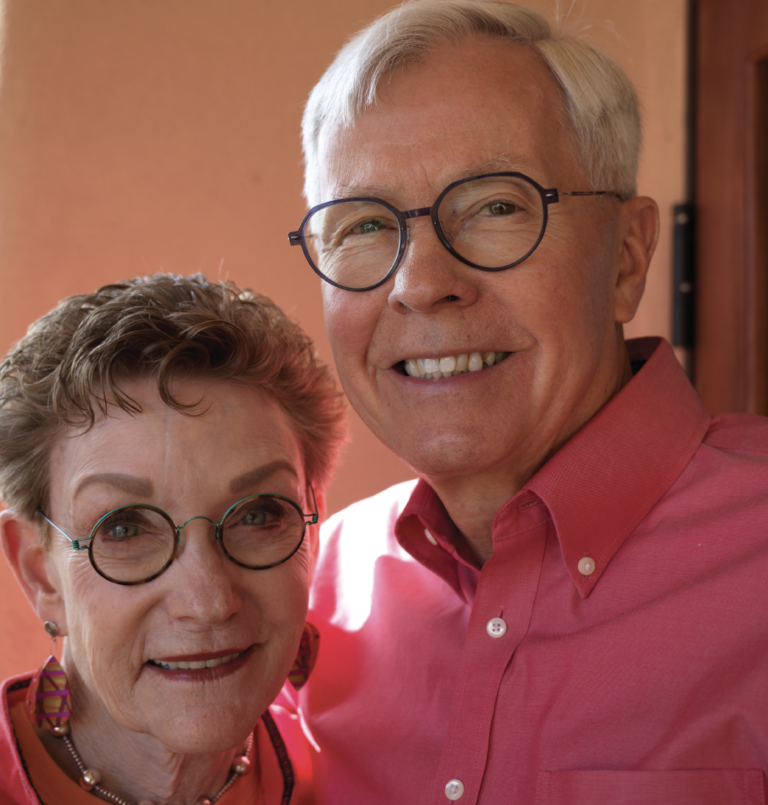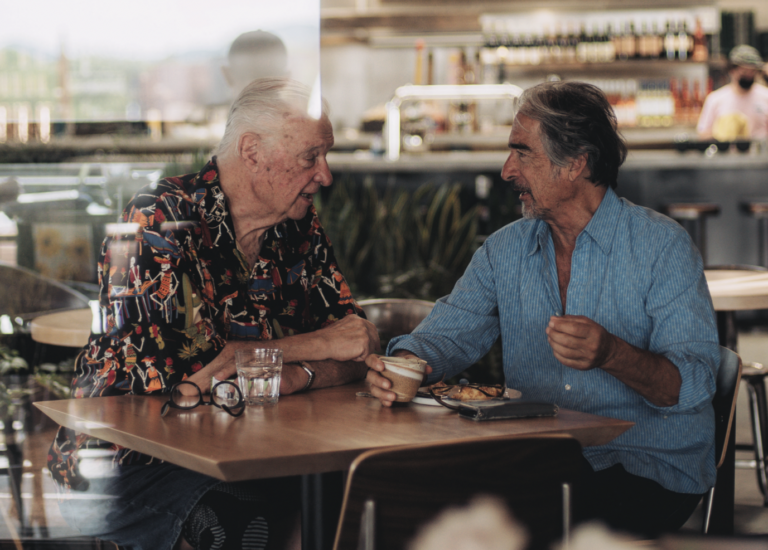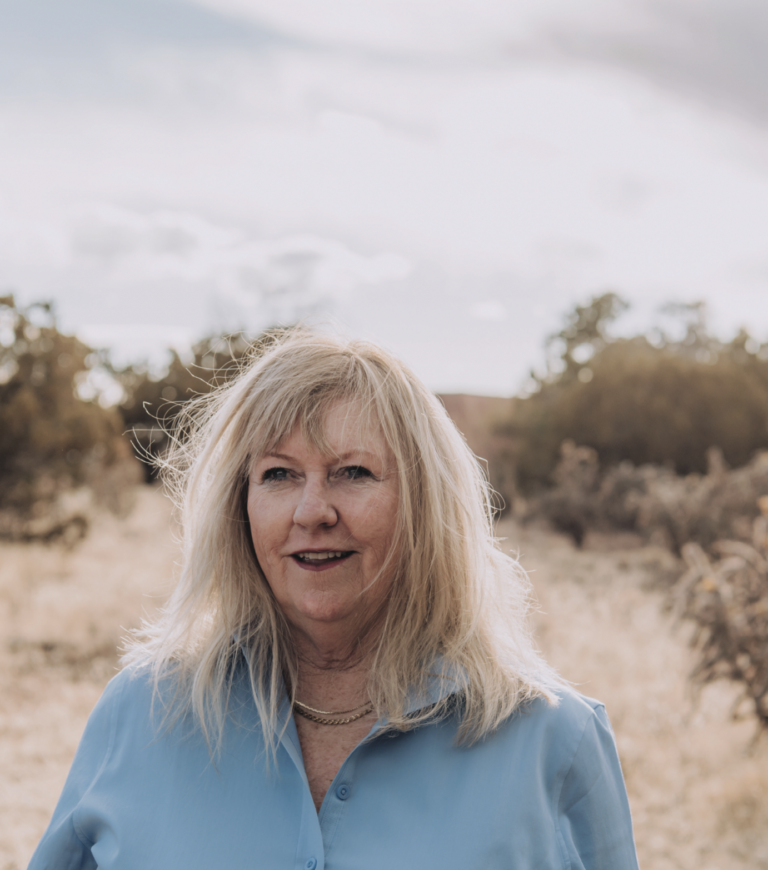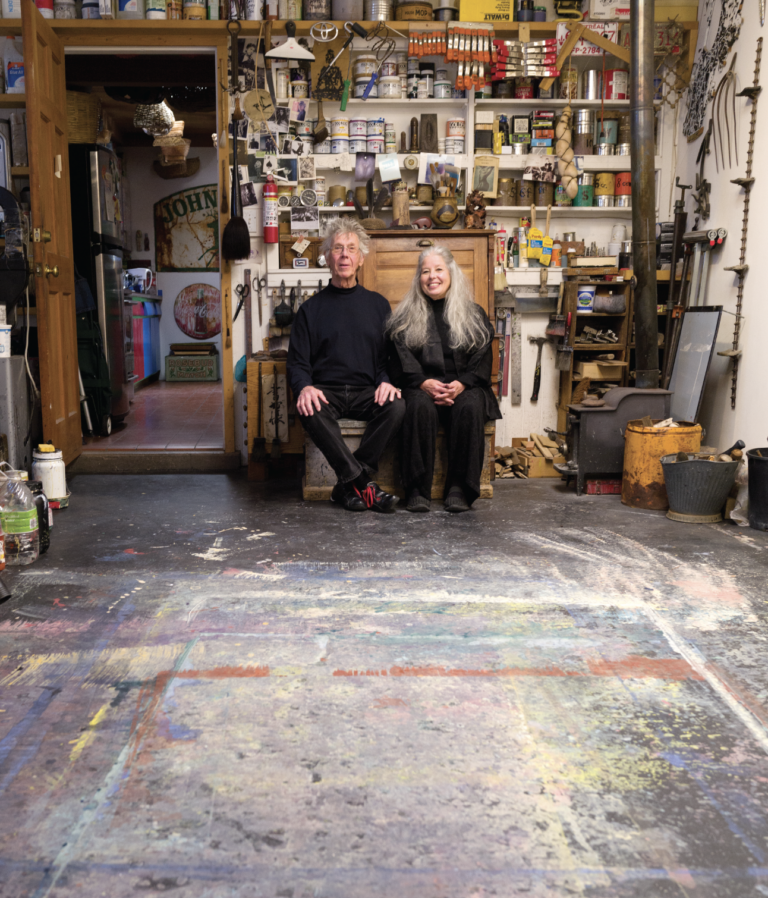IF YOU ARE OF A CERTAIN AGE, or even moderately cool, you know Raashan by first name. He DJ’ed that sold-out New Year’s dance party you managed not to get into, you caught him hosting world-renowned hip-hop festival Pharcyde at the Railyard last summer, or you might have caught him – while you were pushing your grocery cart– transfixed by his idiosyncratic hip-hop jazz in the Co-Op parking lot. For those of you who know him that way, we’re not going to talk about any of that. For those of you who haven’t heard of him yet, don’t admit it.
He’s sitting on-stage in front of a white screen in new Vital Spaces theater off St. Michaels Drive. I listen to him riff rhapsodic about his plan to lead the Vital Spaces organization in transforming Santa Fe’s Southside and Midtown into places for incubation, exhibition, and live performance.
For Raashan, the concept of transforming real-estate vacancies and empty lots into art studios and theaters is no different than the neighborhood block parties he grew up with in the Bronx– where the beats, rhythms, and dance brought people out to celebrate on the street they live on.
Imagine that.
As an artist, what do you do when things aren’t working?
I kind of just sit, knowing that this is just how it goes. The first thing I do is I consciously try to get to the joy. So I, like, put on music. I like to put on things that make me feel good. I like to eat something good. I try to get out of it. I just try to figure out what the feeling is, where it’s coming from, and if it can be used for something.
If it’s my individual or a collective funk, i’s like, okay, do I lay on the floor? Do I throw a party? Do I paint a picture or write a song? Or do I sit in this and watch?
Why do you think art so important?
I’ve always thought that art is the way that people get opened, it brings new ideas. That’s how it happened for me listening to hip-hop. I’m just dancing along because I like the beat. It was in a beat that was just good. I just liked it.
And once I’m open, then that’s where the change can happen. Art is the biggest catalyst for actual change.
I was someone who didn’t have access to things. My friends and I always had great ideas, but we never knew how to get them out. Today, coming into this space, realizing that there’s a whole world of people with access to resources is just wildly exciting.
The base of my culture is community work and togetherness. When you think of the foundations of hip-hop, it’s people who didn’t have music programs in the schools. They were in the Bronx, and they had to make something out of nothing. They also took care of each other. That’s just how we are.
You are also on the board for the National Parks Arts Foundation here…
One of the reasons I’m an arts commissioner and on the board was just to see how this all works. How are people doing this? I want to peek behind the curtain. I really like understanding things.
Thousands of dollars are given to nonprofits or arts or institutions or organizations that all have a mission statement about helping marginalized people. But little of that actually gets handled in an equitable way. Knowing how far apart institutions and culture are is the thing that gets me the most excited. I think, Oh, we can really do something.
How did you get involved with Vital Spaces?
So I first started working with them during the pandemic. They needed sanitary supplies and they needed toothbrushes and home kits. And the price for this stuff was like $3,000.
I thought, there’s no way we can raise that much money. But with our network, we raised $20,000 in a week.
This is the way that help is right. But usually, it’s usually top-down: We, the people who have a thing, are gonna help the poor people. I was like, well, this isn’t the way to build community. What is the need for everybody here? What is the need for the people who have money to give? What’s the want and desire?
We have an actual legitimate feral community that is intertwined in a good way. And I think that people don’t have access to each other because of how we look and how we sound and who’s leading the thing and where you’re gonna go. Getting to each other is difficult to do.
It’s a very silo-ed city that we live in. And being able to actually see the work, trust the work, from everybody involved, not just the people who are giving, but the people who need. So they don’t just come and take it in and leave. But what’s the actual investment? Like, why would someone stay and come if they didn’t have to give something or didn’t come to get something for free? Are we building community? What’s the way that we’re actually doing this in a real relationship-building way?
WANT TO READ MORE? SUBSCRIBE TO SANTA FE MAGAZINE HERE!
Photo SFM

